Geopolitical Tensions
The NATO Defense Market is currently influenced by rising geopolitical tensions, particularly in Eastern Europe and the Asia-Pacific region. Nations are increasingly concerned about territorial integrity and national security, prompting a surge in defense budgets. For instance, NATO member states have collectively committed to reaching a defense spending target of 2% of their GDP by 2024. This commitment reflects a broader trend of prioritizing military readiness and modernization. As countries perceive threats from state and non-state actors, investments in advanced military capabilities are likely to escalate, thereby driving growth in the NATO Defense Market. The emphasis on deterrence strategies and rapid response capabilities further underscores the urgency for enhanced defense spending.
Evolving Threat Landscape
The NATO Defense Market is significantly influenced by the evolving threat landscape, which encompasses both traditional military threats and emerging challenges such as terrorism and hybrid warfare. As adversaries adopt unconventional tactics, NATO member states are compelled to adapt their defense strategies accordingly. This shift has led to increased investments in counter-terrorism capabilities and hybrid warfare strategies, with defense budgets reflecting a 10% increase in funding for these areas. The recognition of the need for comprehensive security solutions is driving innovation in defense technologies, including intelligence, surveillance, and reconnaissance systems. Consequently, the evolving threat landscape is likely to remain a critical driver of growth in the NATO Defense Market.
Focus on Joint Operations
The NATO Defense Market is witnessing a heightened focus on joint operations among member states. This collaborative approach aims to enhance interoperability and effectiveness in military engagements. NATO has established various initiatives to promote joint training exercises and shared resources, which are essential for successful multinational operations. The commitment to joint operations is reflected in the increased funding for collaborative defense projects, with estimates indicating a 15% rise in joint procurement initiatives over the past year. This trend not only strengthens alliances but also drives innovation in defense technologies, as countries work together to develop and acquire advanced systems. As a result, the emphasis on joint operations is likely to be a significant driver of growth within the NATO Defense Market.
Technological Advancements
The NATO Defense Market is experiencing a transformative phase due to rapid technological advancements. Innovations in artificial intelligence, cyber warfare, and unmanned systems are reshaping defense strategies. For example, NATO has initiated various programs to integrate cutting-edge technologies into military operations, enhancing situational awareness and operational efficiency. The defense sector is projected to invest approximately $1 trillion in research and development over the next decade, focusing on next-generation systems. This investment is expected to yield significant improvements in capabilities, such as precision-guided munitions and advanced surveillance systems. Consequently, the integration of these technologies is likely to be a key driver of growth within the NATO Defense Market.
Increased Cybersecurity Threats
The NATO Defense Market is increasingly shaped by the rise of cybersecurity threats, which pose significant risks to national security. As cyberattacks become more sophisticated, NATO member states are compelled to bolster their cyber defense capabilities. Reports indicate that cyber defense spending among NATO countries has surged, with estimates suggesting a 20% increase in budgets dedicated to cybersecurity initiatives. This trend reflects a growing recognition of the need to protect critical infrastructure and sensitive information from malicious actors. The emphasis on cyber resilience is likely to drive investments in advanced cybersecurity technologies and training, thereby contributing to the overall growth of the NATO Defense Market.


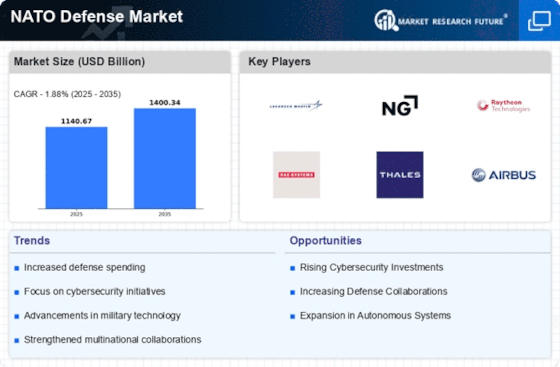
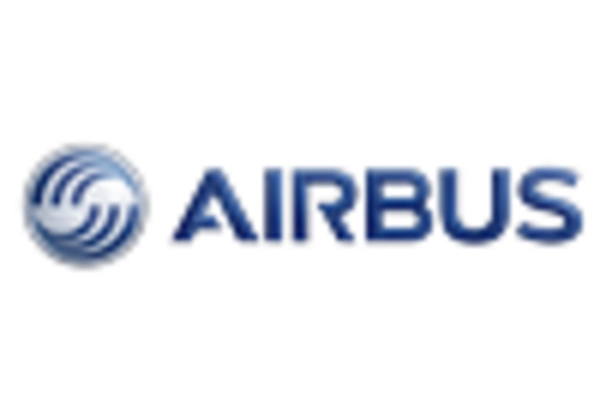
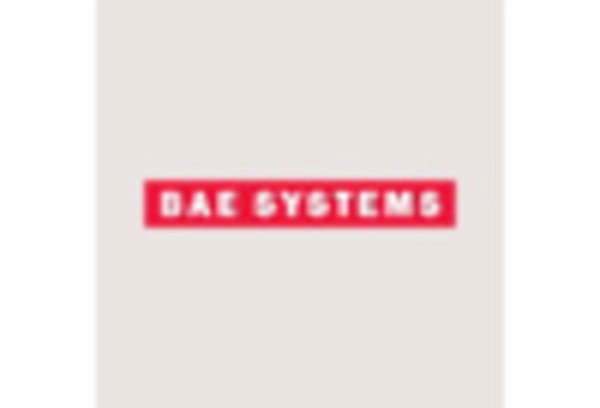

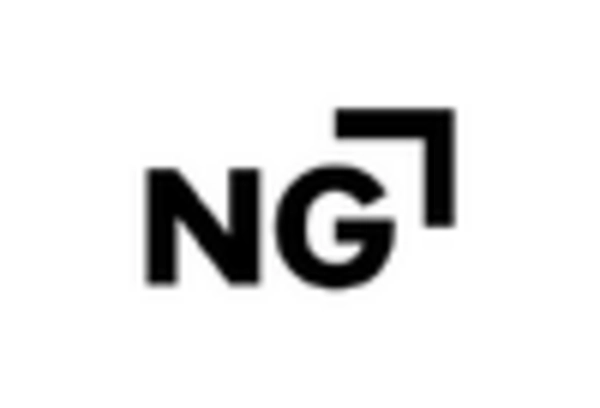
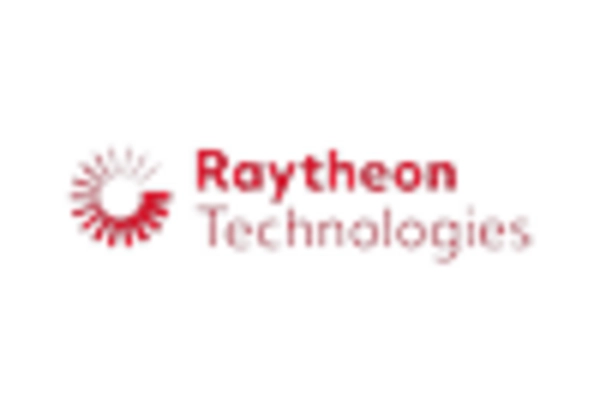
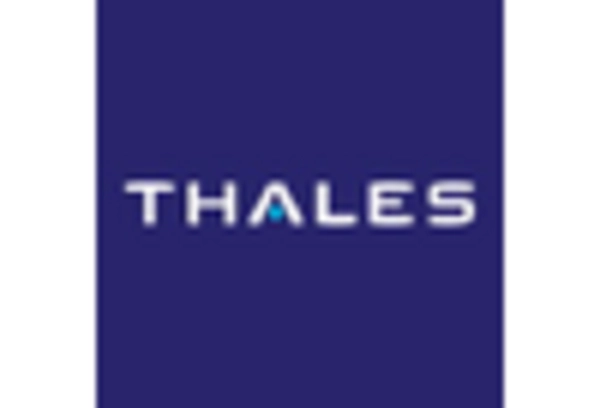








Leave a Comment